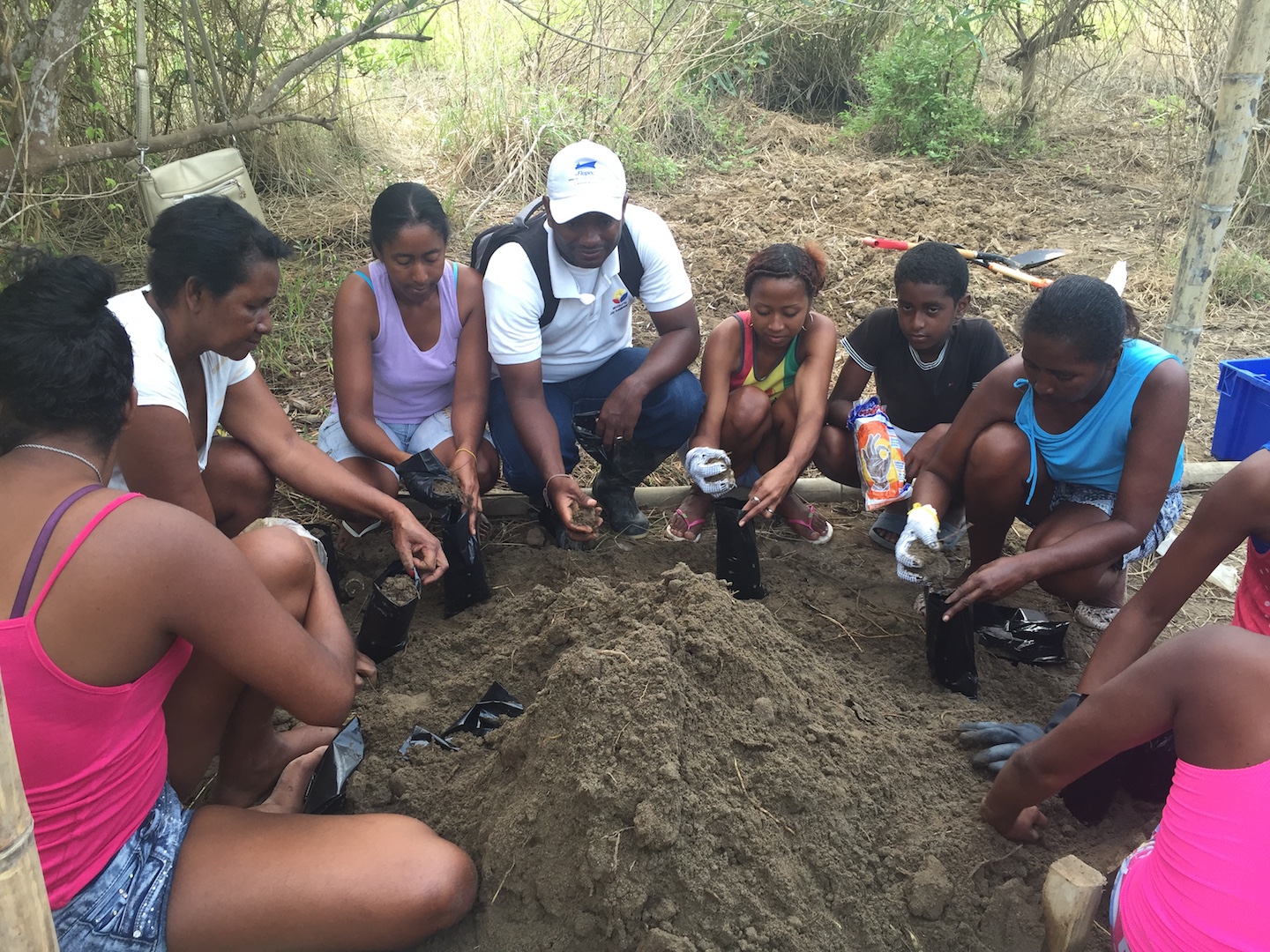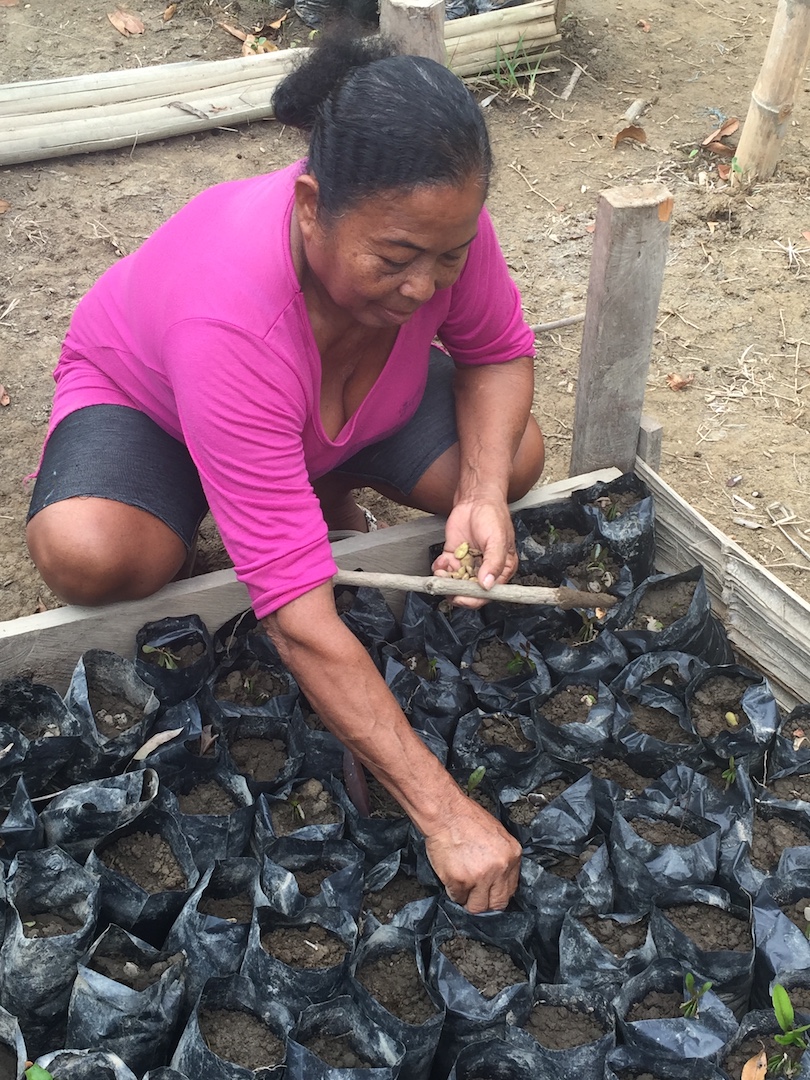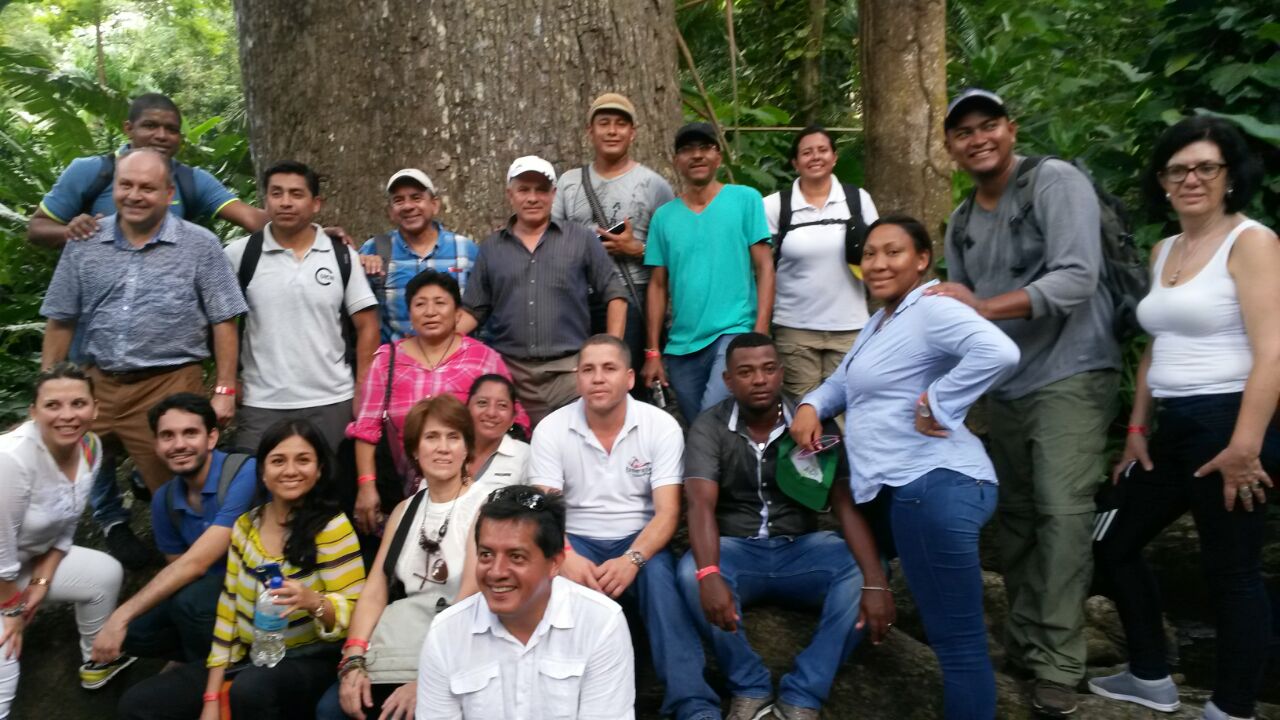



This building block´s approach is reflected in various activities ranging from training measures, spaces for exchange and dialogue between stakeholders and between institutions as well as support in the development of agreements. One example is the agreement between the Ministry of Environment, the protected area management unit and the university with regard to participatory monitoring and evaluation of nurseries and restoration trials. Strengthening of the protected area management committee is another key measure that aims to improve the area's governance.
In addition, the appropriation and integration of the national climate change policy in meso-level actions, such as the development of climate change plans, the implementation of adaptation measures in productive sectors and in the management of ecosystems, are reflected.
-
Will and trust among stakeholders to cooperate and share responsibilities.
-
Articulation and implementation of public climate policy at the local level.
- Broad and participatory dialogue spaces are key to achieving lasting agreements with local populations and actors, when there is a real participation in decision-making (MAE and GIZ 2016).
- The establishment of local governance spaces (e.g. protected area management committee) facilitates the design, implementation and ownership of ecosystem-based adaptation actions.
- Improved coordination between the different state institutions that have jurisdiction over the area from the areas of their competence will allow a sustainable and integral management of the mangrove protected area located in the urban perimeter (MAE and GIZ 2016).